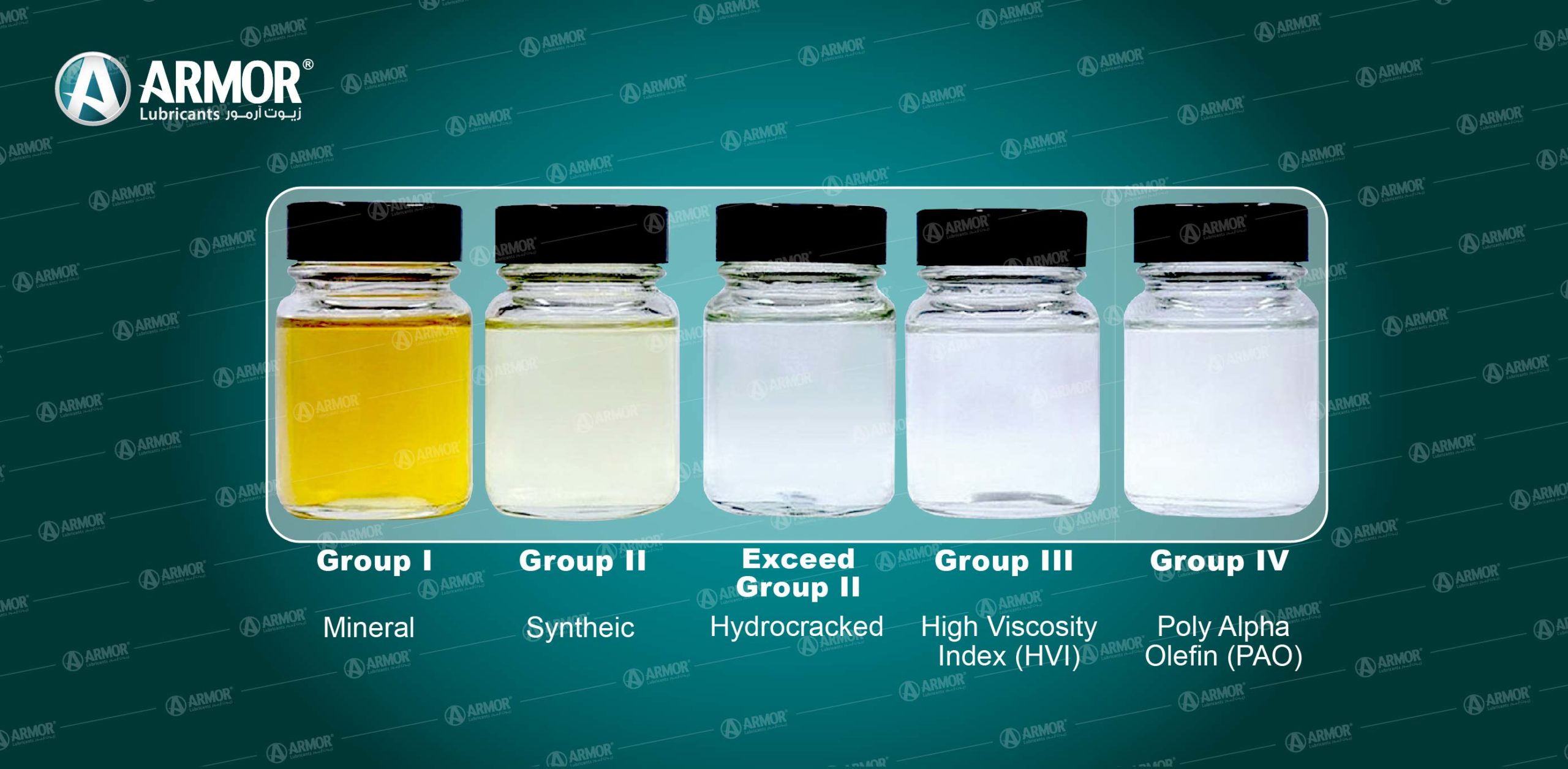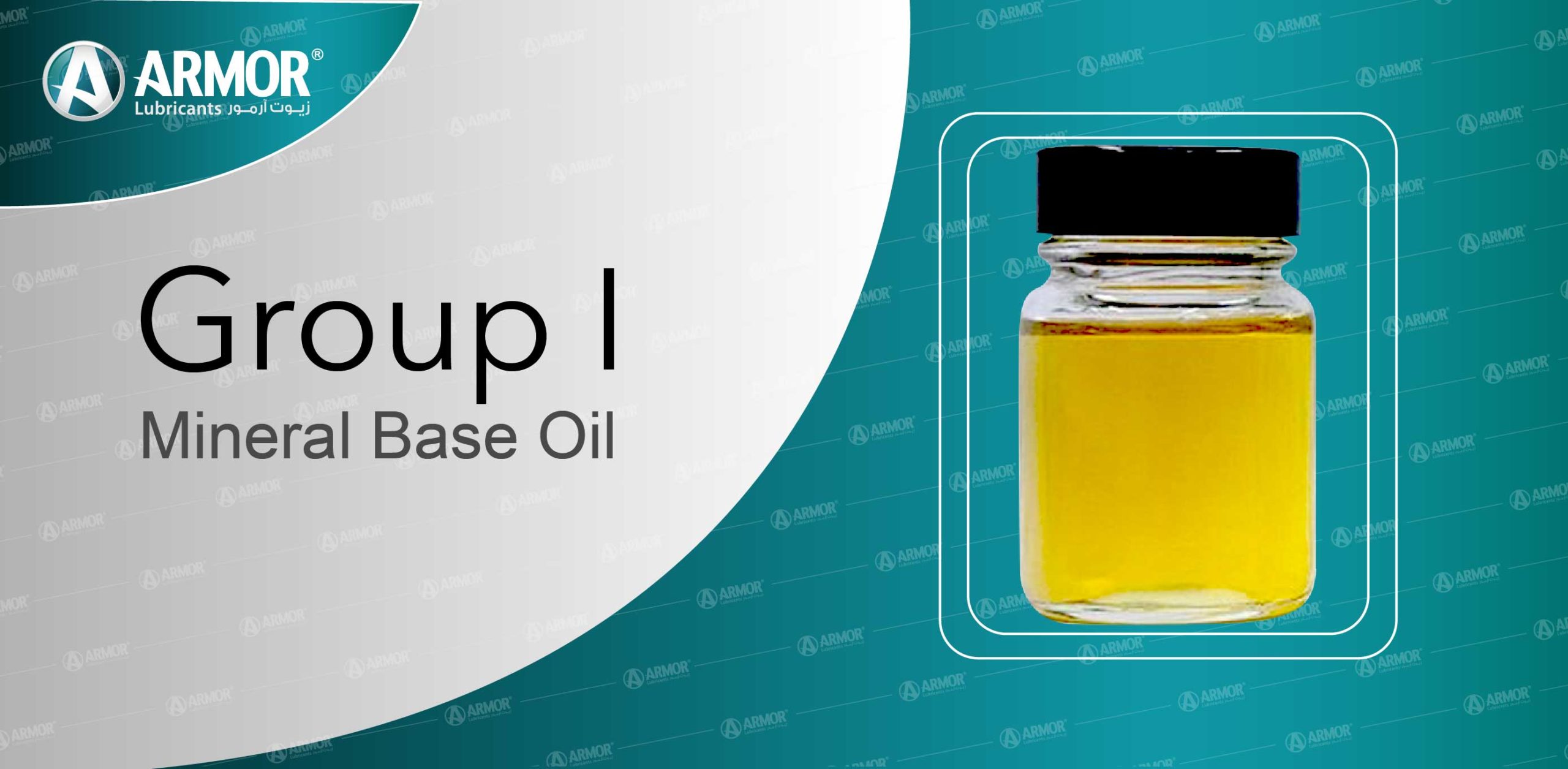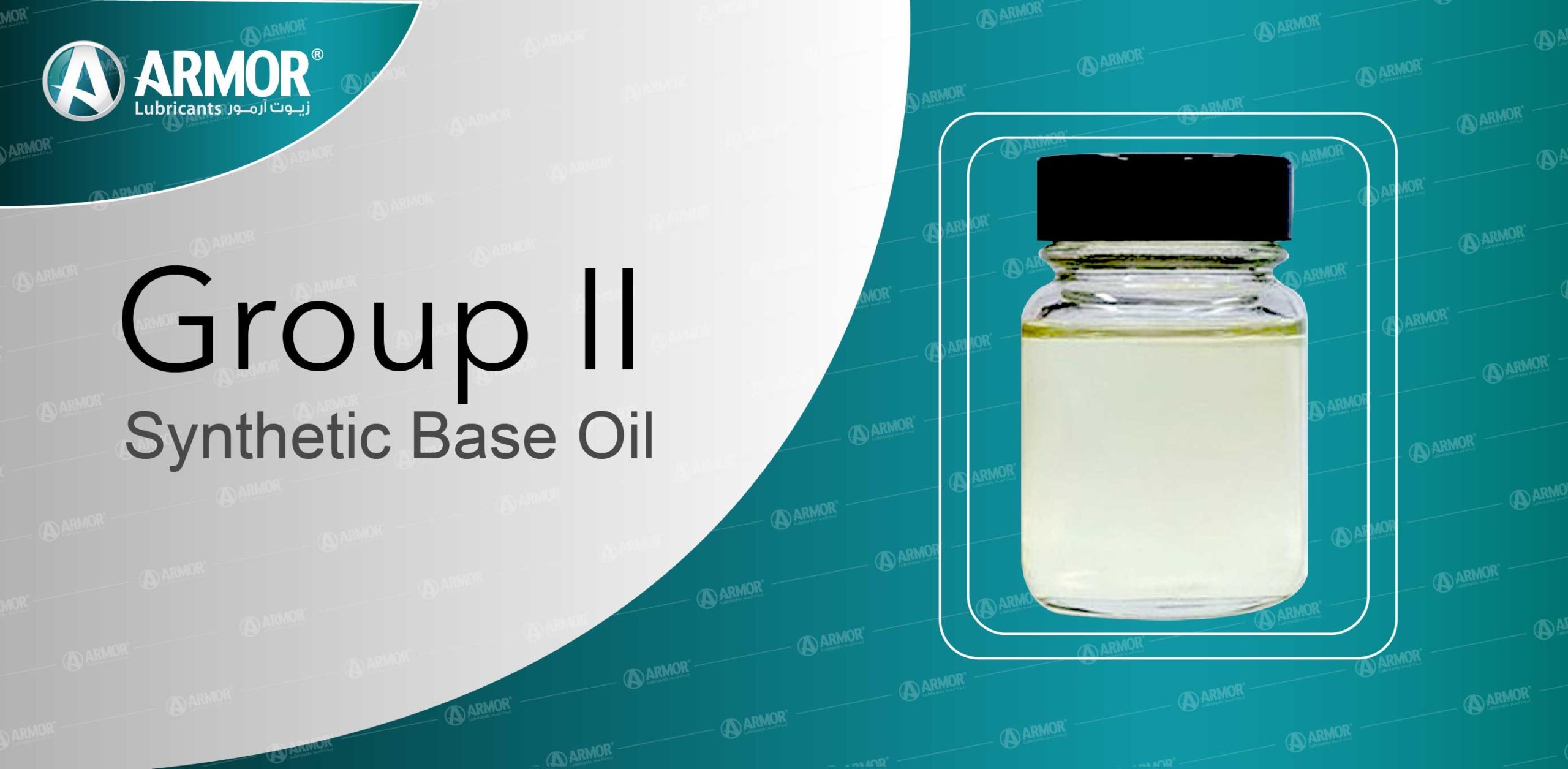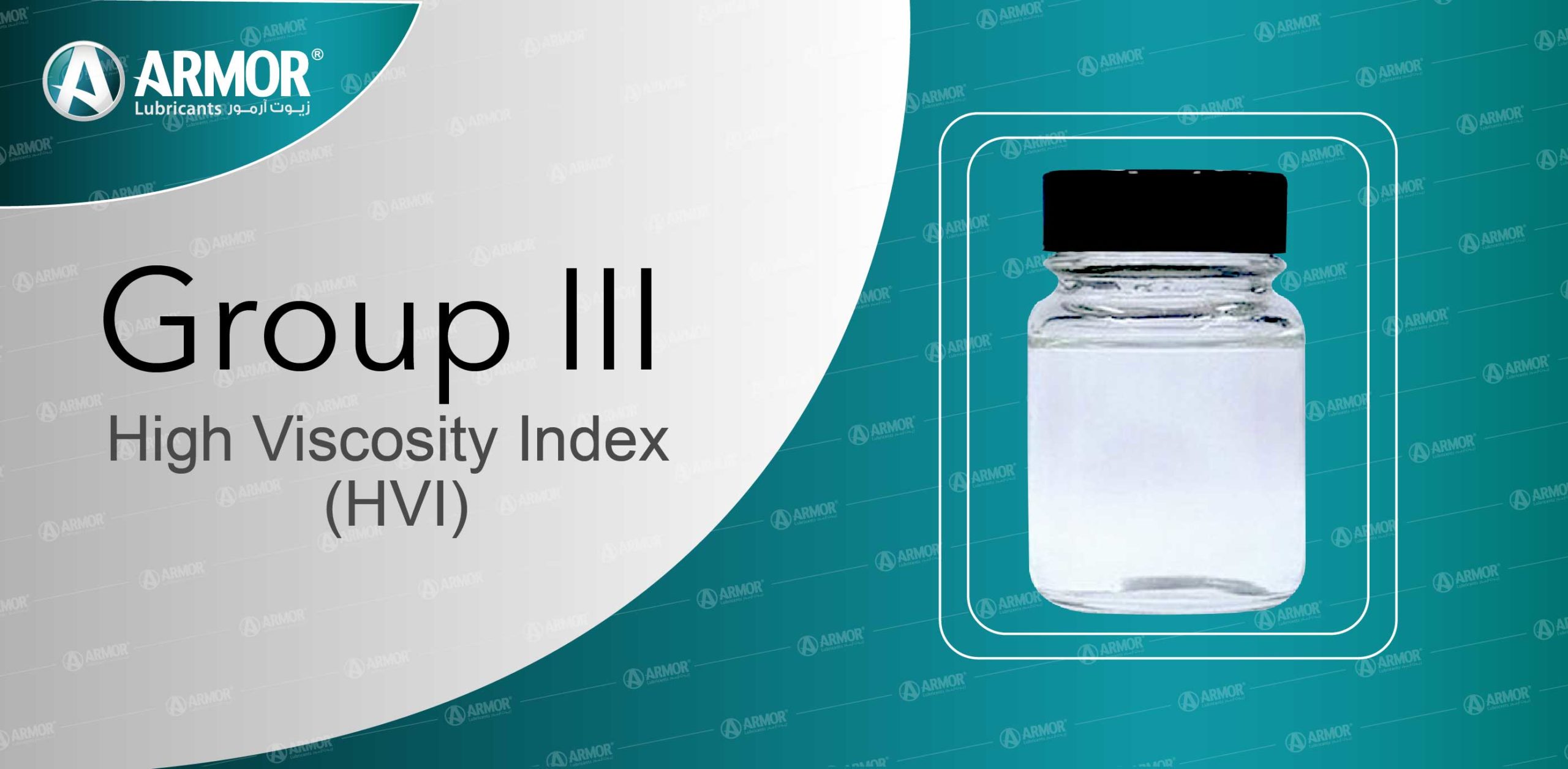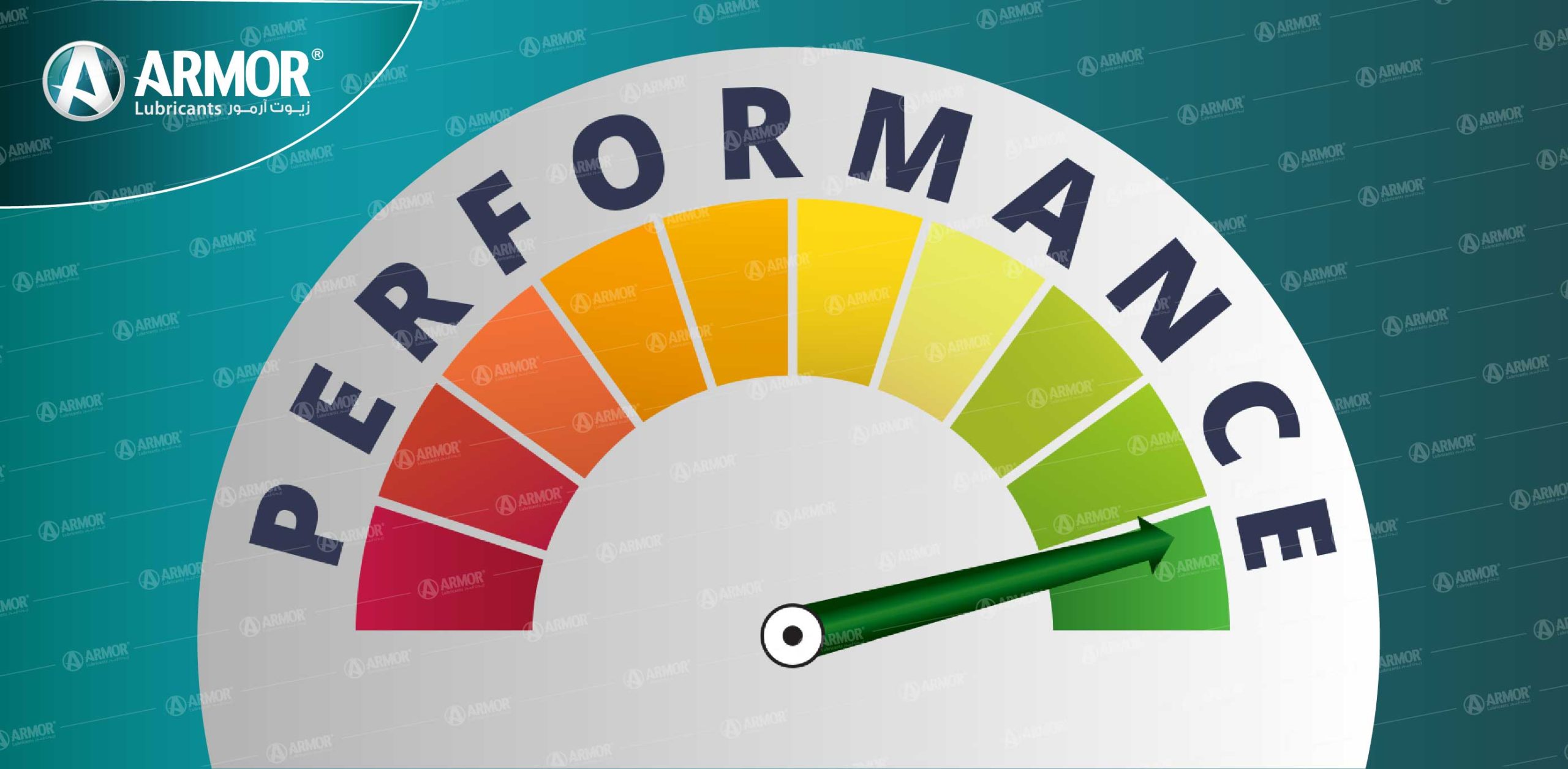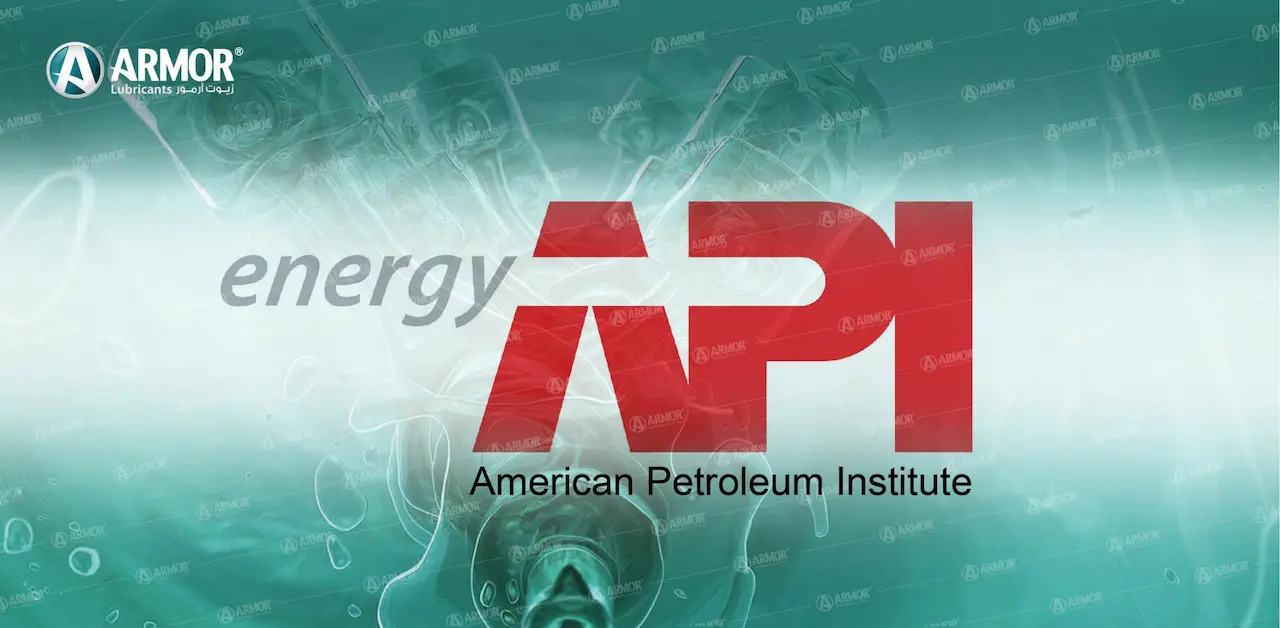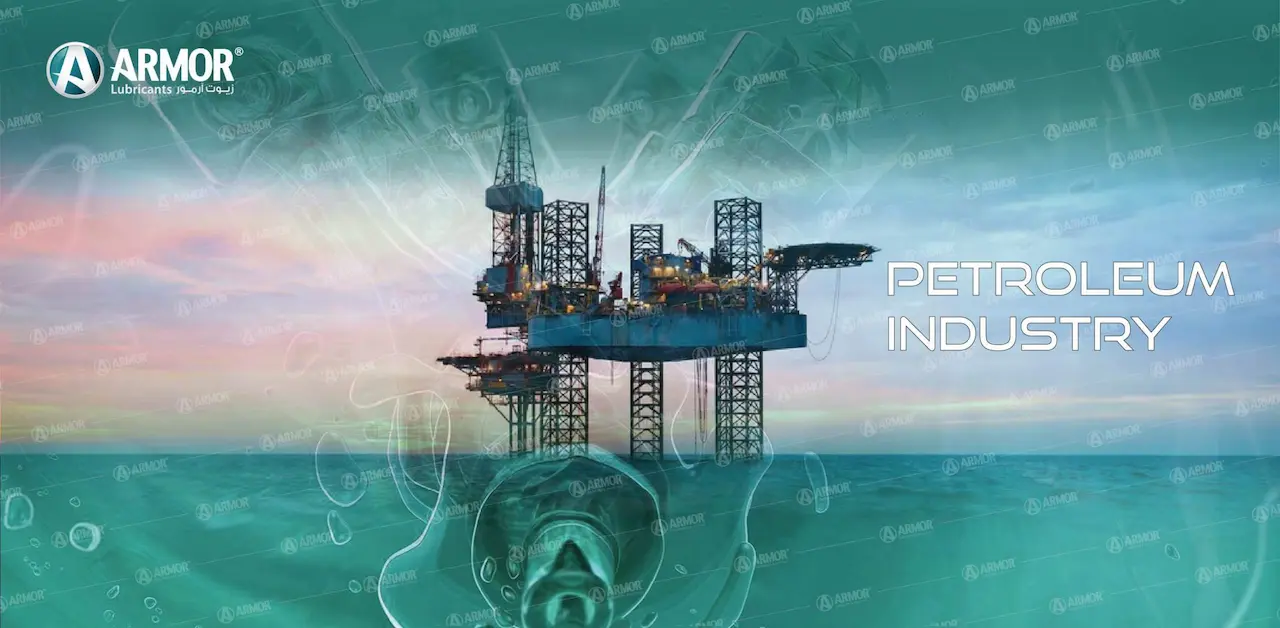
Turbines are used in a wide range of different situations and come in a number of different types. There are natural gas turbines, steam turbines, hydroelectric turbines, and more. While they are all designed for different needs and uses, they have one thing in common – the need for the right turbine oil. Of course, it’s important to understand the key benefits that turbine oil can provide for your application.
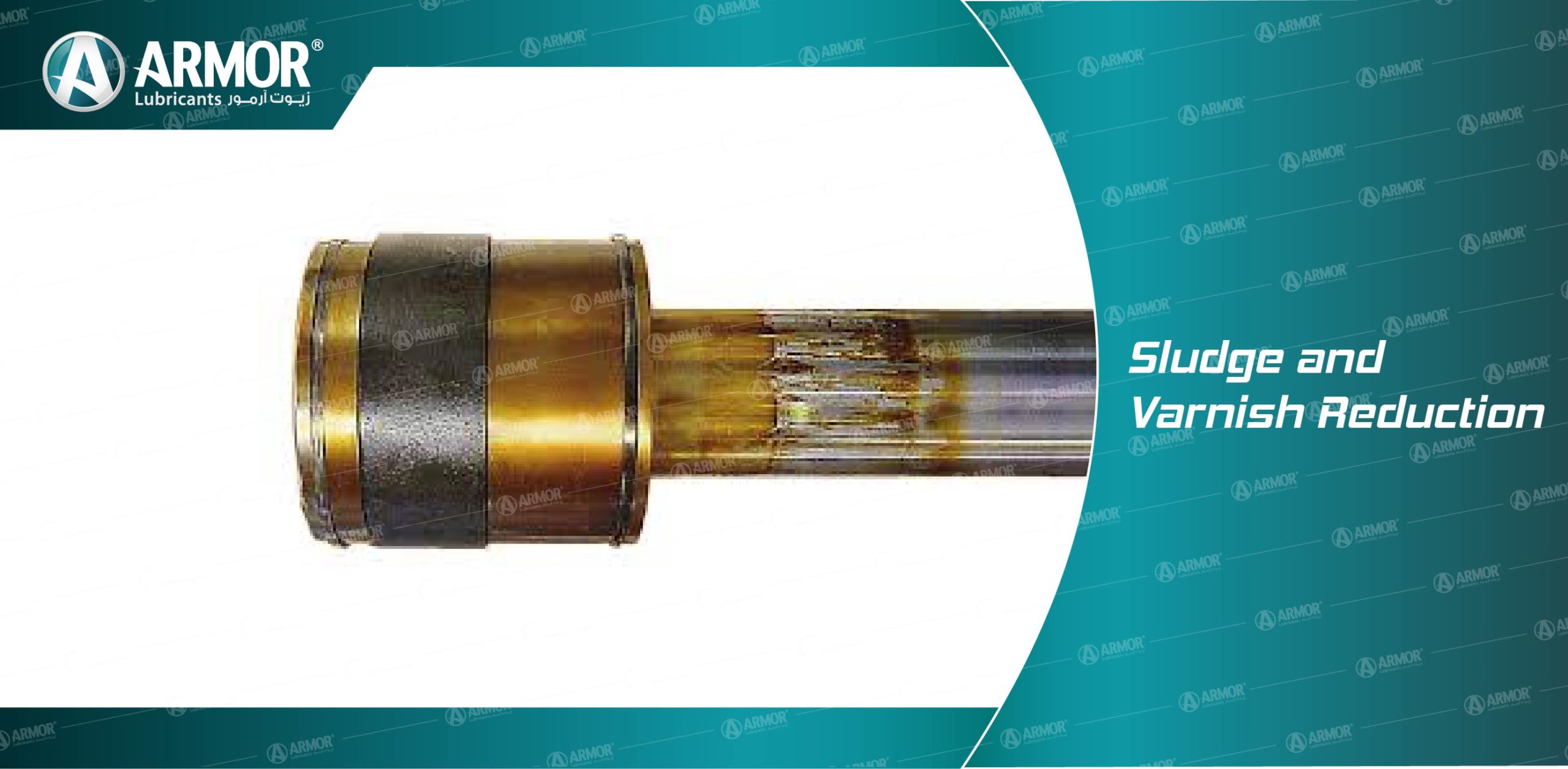
Sludge And Varnish Reduction
One of the most important benefits you’ll find with a quality turbine oil formulation is that it can reduce the formation of sludge and varnish within the system. Varnish in particular can be very damaging. It forms under high operating temperatures and is found on vital surfaces.
It begins as a thin, soft film, but gradually hardens into a coating that cannot be removed without a great deal of time and effort. This coating affects heat transfer, traps particulates, and creates significant wear. It can also cause sticking valves and can damage bearings, as well.
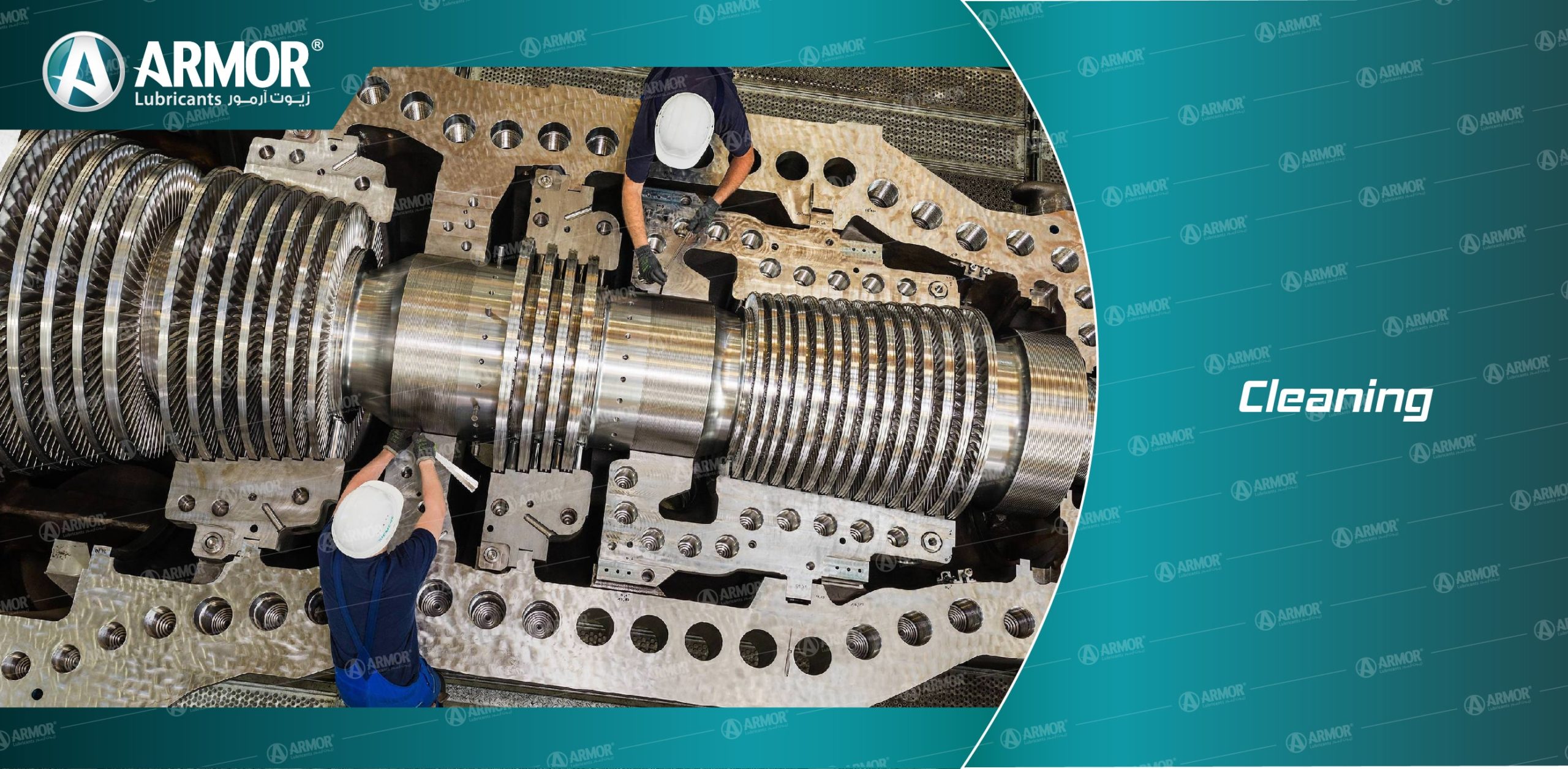
Cleaning
The right turbine oil will not only prevent the formation of sludge and varnish but will keep moving parts clean and in optimal condition. That has an effect on run time, efficiency, energy consumption, and productivity. The cleaner a turbine’s parts are, the smoother the entire system will operate.
Filter Clogging/Plugging
A turbine will have at least one filter that’s responsible for trapping particulates and keeping them away from delicate surfaces. The right turbine oil will help improve filter operation and prevent filter plugging, further improving system efficiency and extending its use life, as well.

Decreased Downtime
How much time do you lose due to turbine maintenance and repairs? Even a small amount of downtime can have huge ramifications for the organization depending on the type of turbine and your industry. However, regardless of the type of system in question, downtime represents lost profits and missed opportunities. With the best turbine oil, you’ll experience less downtime for repairs, as well as for maintenance, such as oil changes. High-quality turbine oil formulations can last longer within the turbine, ensuring you can go longer between fluid changes.
Reduced Disposal Costs
As mentioned above, the best turbine oil can extend the time between maintenance services. This does more than just keep your turbines running for longer periods and cut out downtime. It also reduces the costs you’ll incur to dispose of used oil. Because you’re using the oil for longer periods, you have fewer disposal charges. Not only is that good for your bottom line, but it also greens up your image, as it reduces waste, as well as the demand for raw materials.
In Conclusion
Ultimately, turbine oil delivers a wide range of critical benefits for businesses. However, it’s essential that you choose the right industrial lubricant brands product. Considerations include the pour point, flash point, viscosity, application rating, and TOST life of the oil. A high-quality product from a forward-thinking industrial lubricants manufacturers and turbine oil supplier can help your organization decrease downtime, improve productivity, cut costs, and extend the use life of your machinery.



